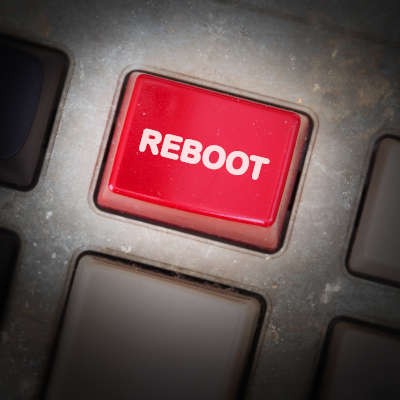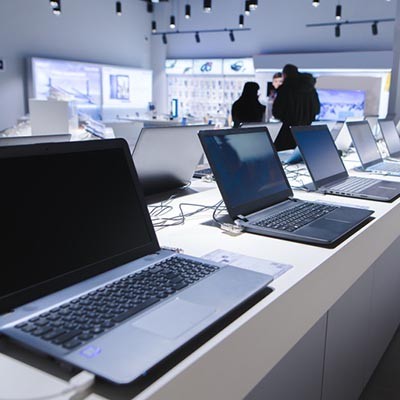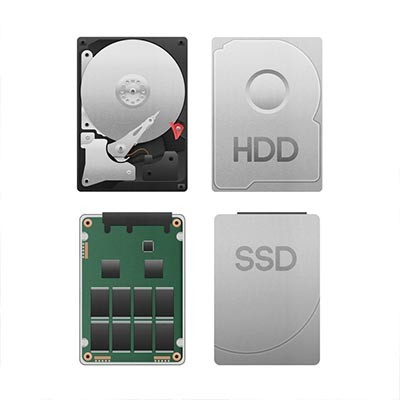If you are buying a new desktop or laptop, one of the specifications you might care about is how much data it can store. After all, your family computer needs plenty of storage for your photos and documents, and if you have kids, they’ll want to install games and other applications on it that fill up a hard drive. These days, however, it’s less about how much space your hard drive has and more about how fast it can run. Let’s explain this, and then talk about something you should almost always look for when picking a hard drive for your PC.
BEI Blog
When you have a problem with your computer and you reach out for help, the first thing you will probably be asked is, “have you turned it off and turned it back on?” This is not because the technician is lazy, it is because a lot of problems can be fixed by rebooting your computer. Do you need to shut down or simply restart your computer? It might surprise you that turning your computer off and restarting it actually accomplishes different things. Today, we’ll discuss the difference.
Productivity is a huge priority in today’s business world, and with today’s technology, it can be achieved at just about any time. However, with the way our brains are wired, staring at our screens late at night isn’t great for our capacity to sleep. However, there are a few settings that you can change to reduce these impacts. Here, we’ll give a few tips to help you do so.
We’ve reached part three of our guide to buying a new computer. As you’re comparison shopping, you’ll probably notice that there are a few options regarding their storage. This is true of most modern gadgets, like smartphones and tablets. iPhones can come with 64 GB (gigabytes) of storage, or you can invest in a model with 128 GB. However, when selecting a computer (desktop or laptop), its memory is especially important to its performance.
If you are looking to purchase a new desktop for your office or your home, you need to ask yourself several difficult questions to get the most bang for your buck. This is a five-part blog that will help you determine the right computer for the job. In this article, you’ll learn how to select the right CPU, or central processing unit.










